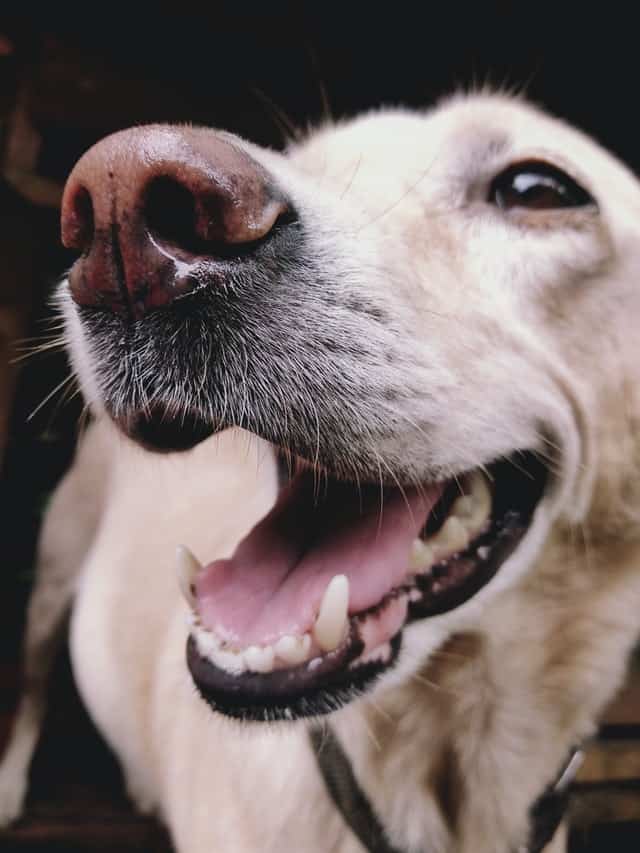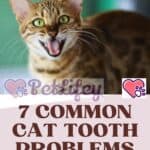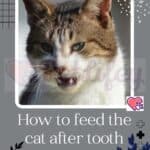
If you are about to adopt or buy a dog, there are many elements that you will need to consider. For example, the nutrition, habits and care needed for your new pet. Tooth loss in dogs is a normal process that occurs during the first few months of life , but it can also occur as a result of certain diseases.
Dog teeth falling out
Dogs are diodontic mammals , which means they have two sets of teeth, milk and permanent teeth . They are born with the first ones that, after a short time, fall to give way to the definitive ones. Due to some pathologies and old age, they too can suffer a fall.
At birth, dogs are completely toothless . The dairy ones begin to appear around two weeks of age. The puppy will have full milk teething at two to three months of age.
Puppies have 28 teeth , while adults have many more, 42. Baby teeth begin to fall out between four and six months of age . As soon as the fall begins, the final dentition begins to appear. This process is called teething .
Some puppies may experience more pain than normal during this process. The only thing you can do is give your pet some toys and other items to bite, to relieve this nuisance.
Oral disease and tooth loss in dogs
Periodontal diseases , that is, those that affect all the tissues that hold the tooth, can cause inflammation , infections and even the loss of teeth in dogs.
After each meal, it is normal for plaque to build up on the surface of the teeth. It is essential to try to eliminate it, through a weekly brushing. If this plaque is not removed in time, it will tend to crystallize. It will then turn into tartar , which is harder and harder to get rid of.
Diagnosis of oral diseases is usually preceded by an exploration of the dog’s oral cavity and an x-ray. Among the most common diseases, we can find:
- Tartar . As we have already said, it is a mineralization of bacterial plaque, caused by insufficient oral hygiene.
- Gingivitis . As bacterial plaque builds up, an inflammatory response can occur that will cause major gum problems. The most common symptoms are bad breath, inflammation and bleeding.
- Periodontitis . It involves the destruction of all the tissues that hold the tooth. The most common symptoms are the separation of the tooth from its base, gum recession (ie the withdrawal of the gums) and the presence of wobbly teeth.
Treatment and prevention
The diseases mentioned can cause teeth to fall out in older dogs. They pose a threat to your pet’s health, so you need to be vigilant to prevent and treat these ailments as soon as possible.
Oral hygiene is one of the main preventive measures. Professional teeth cleaning is performed under anesthesia and is characterized by the use of ultrasonic devices and manual instruments to intervene on the hardest points.
As for what you can do at home, there are special toothbrushes with which you can perfectly take care of your dog’s dental health. With one brushing a week, your four-legged friend’s teeth should no longer present any problems.
Not everyone, however, has the same amount of time. If you don’t have the ability to manually clean your best friend’s teeth, you will find a number of toys and objects on the market specifically designed for this purpose. By biting and playing with these elements, the animal will automatically clean its teeth.
The type of diet also plays a crucial role in the prevention of canine oral diseases. Foods like kibble or dry food can help keep your teeth healthy. The dental health of your four-legged friend should never be underestimated because, as you have seen, poor hygiene can cause serious problems such as excess tartar, gingivitis or periodontitis. Follow our suggestions and do not hesitate to ask your trusted veterinarian for advice.






